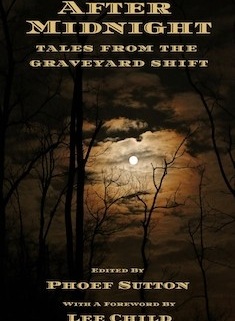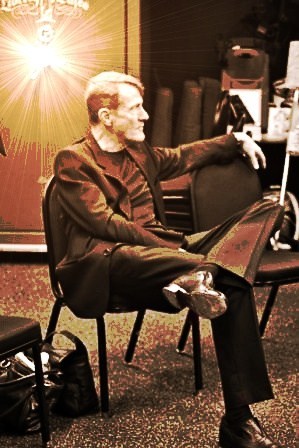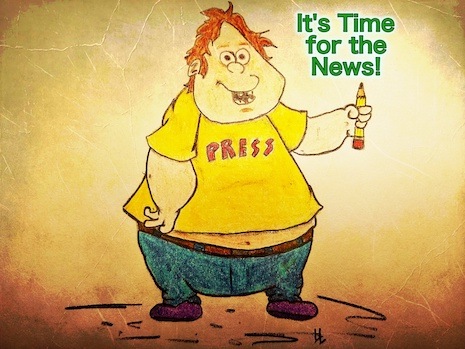The Writers’ Police Academy (WPA) first opened its doors eleven years ago as a means to help writers breathe life into their stories. Not that books weren’t already fantastic, it’s just that many were missing intricate details, the things that make scenes come alive and dance and sing and undulate on the page. Missing were the smells, tastes, touches, sounds, and the sights seen and experienced by cops, witnesses, and victims of various crimes, and their family and friends. Emotion and anticipation and aftermath were, well, not there.
It wasn’t the fault of the writers that they’d not once set foot inside an actual murder scene, or driven like a bat out of hell through city streets and alleyways while pursuing a dangerous killer. Many authors, believe it or not, had not once ever shot someone. Nor had they been stabbed, cut, or shot at. They’d not trekked through acres of wooded land to search for an armed serial killer or prison escapee.
Honestly, it’s impossible to perfectly describe something we’ve not done or seen. Imagine trying to write a scene about heart surgery when you’ve not, as they say, been there/done that. I wouldn’t know where to start other than a Google search. Sure, the process is there but it doesn’t do a thing to activate the senses. Therefore, the scene would come across as flat and lacking true emotion. The same is so when writing about cops and crime scenes.
So yes, those spots of intricate detail were missing from many a good crime book that had the potential of being great ones.
Back to the WPA, though, the hands-on event where writers participate in actual police training and live-action scenarios. During the action-packed weekend, writers fire weapons, drive patrol cars in pursuits, exchange gunfire with bad guys, handcuff criminals, and much, much more. It’s a weekend that stirs emotion and adrenaline, and writers leave with a treasure trove of first-hand knowledge of the world of cops and criminals.
This year, the WPA has gone a step further, dedicating the entire event to murder investigations. Aptly named, MurderCon, the special event will expose writers, readers, fans, etc., to insider information, tactics, techniques, and tools of the homicide investigation trade. And, to sweeten the pot, MurderCon takes place at Sirchie’s headquarters and training complex, a secure facility tucked away in the countryside near Raleigh, N.C. Sirchie is the world leader in crime scene technology.
The WPA is NOT a typical writers conference
I’ve said all of the above to bring me to this particular question. What happens when writers and police instructors and other law enforcement and forensics experts come together? Well, the result is amazing to say the least. Writers learn from the experts and the experts learn from the writers. It’s a meshing of ideas and thoughts and experiences that lasts a lifetime. The experience of attending the WPA has even been described as life changing. It’s that powerful.
The stories generated from the meetings of writers and WPA law enforcement and forensics professionals are unique. They’re detailed. They’re packed full of real-life emotion. Adrenaline courses throughout the pages. No longer are many fictional cop tales lacking true heart-pounding scenes.
Like the odor of swamp water and crab boils pour into the room after opening the covers of a James Lee Burke novel, blue lights winking and blinking and flashing, wailing sirens, and hearts pounding and thumping behind steamy-hot, perspiration-soaked Kevlar vests now emanate from mystery, thriller, suspense, and romance novels that feature cops.
It was my goal to help writers “get it right” and it warms my heart to see the end result of the WPA and all of the hard work and dedication of the hundreds of instructors, staff, and volunteers who’ve made the WPA what it is today … a real life-changer.
When Cops and Writers Come Together AFTER MIDNIGHT
It was a long time in the making, but this day finally arrived. For a while now, I’d hoped to bring together WPA instructors, supporters, and special guests and speakers, all in a single place where they could join forces to reach out the world, as a single entity.
My desire was to have this group meet during the hours known as the graveyard shift, that time of night—between the hours of midnight and dawn—when most mysterious and strange goings-on occur.
Well, a date and location for the meeting was set and the group finally came together, each arriving separately in a plain unmarked vehicle with dark, tinted windows.
A lone hoot owl sounded in the distance, beyond the spot where the light of single lantern spilled out across a row of marble and granite markers. This was the designated meeting spot and it was there where the group came together.
Lee Child, creator of the Jack Reacher series, presided over the meeting and called it to order, silencing the nervous chatter. He quickly stated the group’s mission and then instructed each participant to compose a story, a tale of mystery and suspense with a twisted ending and a carefully woven plot. Then he enlisted the assistance of Phoef Sutton, another bestselling author who’s also known for his work on the award-winning television shows CHEERS and BOSTON LEGAL, and a slew of Hallmark Mysteries. Sutton was given the task of editing the stories told by the carefully selected group of writers and law enforcement folks.
Several months later, boiling up and out of the cauldron, came a much-anticipated anthology, AFTER MIDNIGHT: TALES FROM THE GRAVEYARD SHIFT, published by Level Best Books.
Today, AFTER MIDNIGHT is now available to you, both as a Kindle book and in paperback. And thanks to the generosity of everyone involved in the project, proceeds from the book benefit the Writers’ Police Academy.
Here’s how to order your copy. Click on your preference. (Amazon will merge the two on a single page as soon as possible).
AFTER MIDNIGHT: TALES FROM THE GRAVEYARD SHIFT
The Authors and Their Stories
To learn more about the stellar cast of AFTER MIDNIGHT authors, click the links below.
Lucky Cop by RJ Beam
The Brass Ring by Michael A. Black
Sunshine Berkman by Joseph S Bonsall
Ride Along by Allison Brennan
Neighborhood Watch by Ry Brooks
The Bookends Murder by Robin Burcell
Gentrified Homicide by Marco Conelli
Prime Rib from Brahma by Les Edgerton
The Devil in the Flesh by Heather Graham
Justifiable Homicide by Lisa Klink
Rookies by Howard Lewis
LeishMANIA by Denene Lofland
The Sheriff of Macabre County by Lee Lofland
Code Murder by Linda Lovely
Baddest Outlaws by Rick McMahan
A Confluence in Stow by Emilya Naymark
Shared Secrets by Carrie Stuart Parks
The Case of the Staring Man by Katherine Ramsland
Panther Bait by Mike Roche
Disco Fries and Homicide by Shawn Reilly Simmons
3:45 in the Peacock Room of the Channel Grill on 6th Street
by Phoef Sutton
Hostage (A Love Story) by Cheryl Yeko
With a Foreword by Lee Child




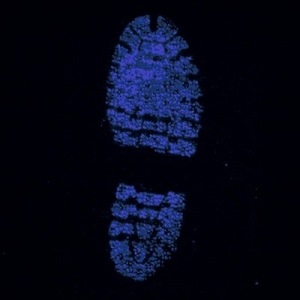

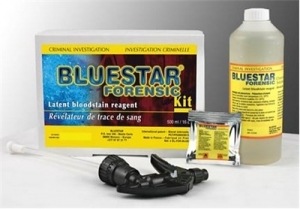


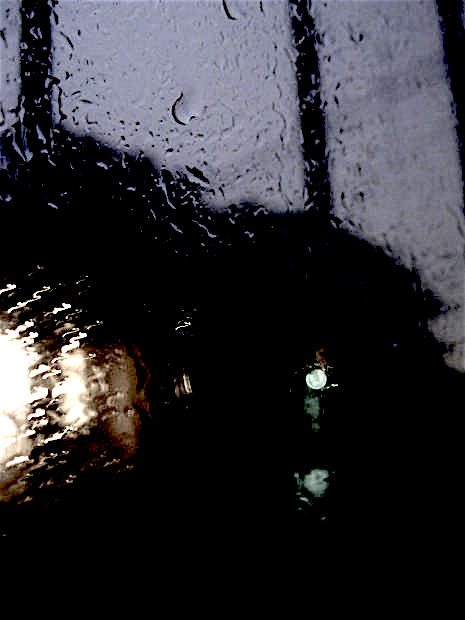



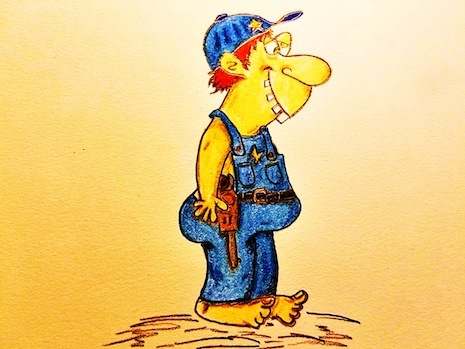

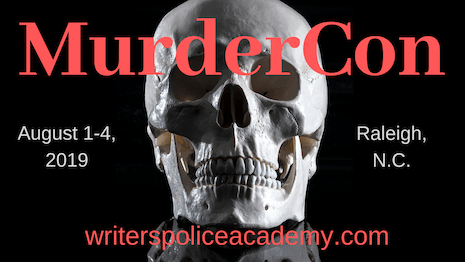



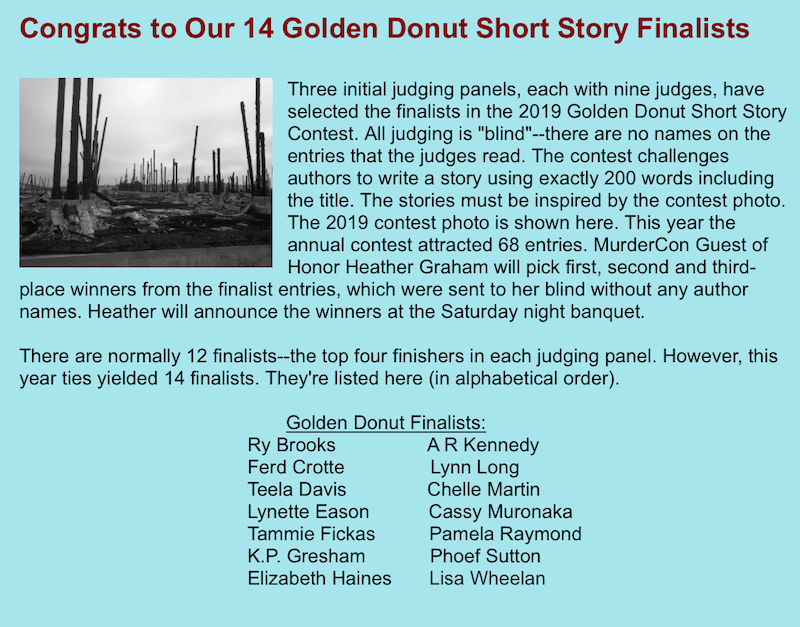
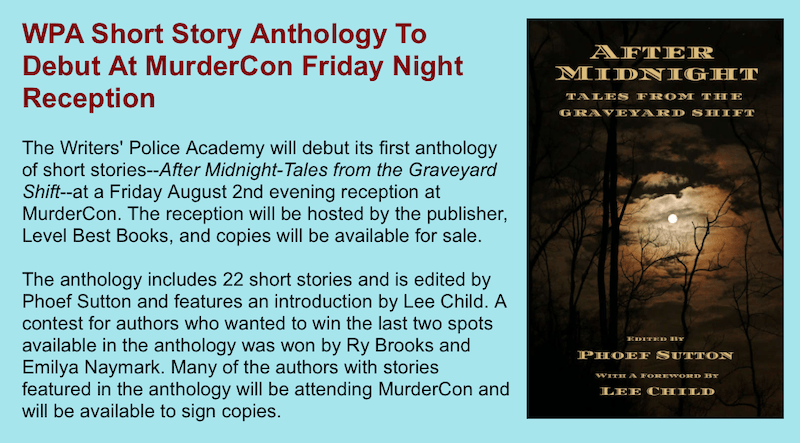


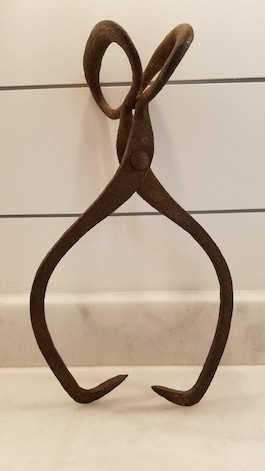
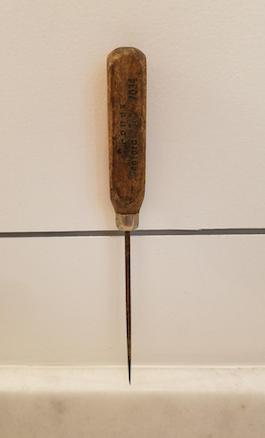
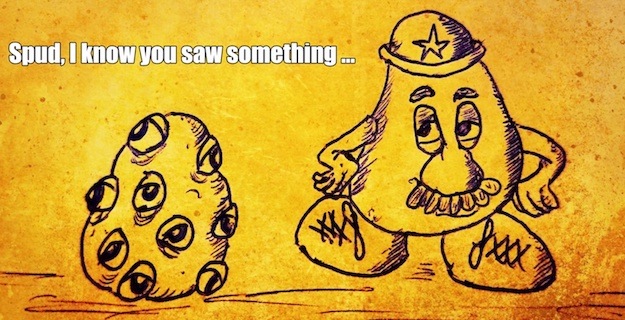
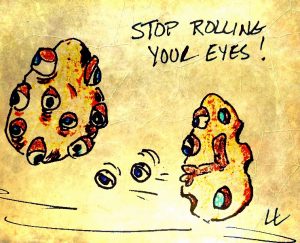
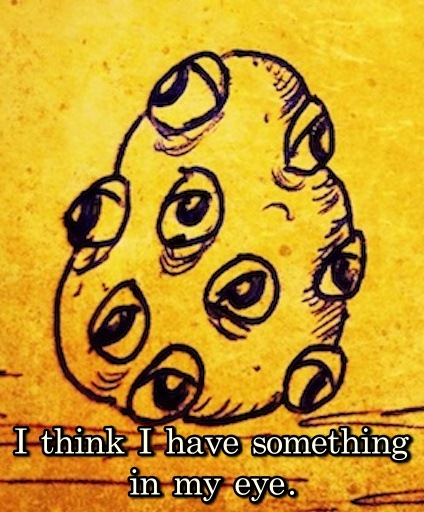
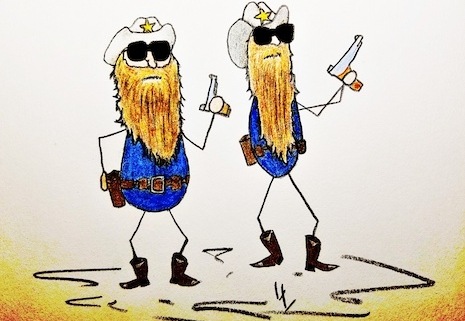

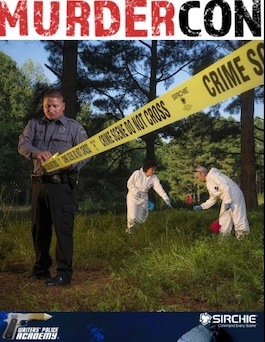 The material offered at
The material offered at 